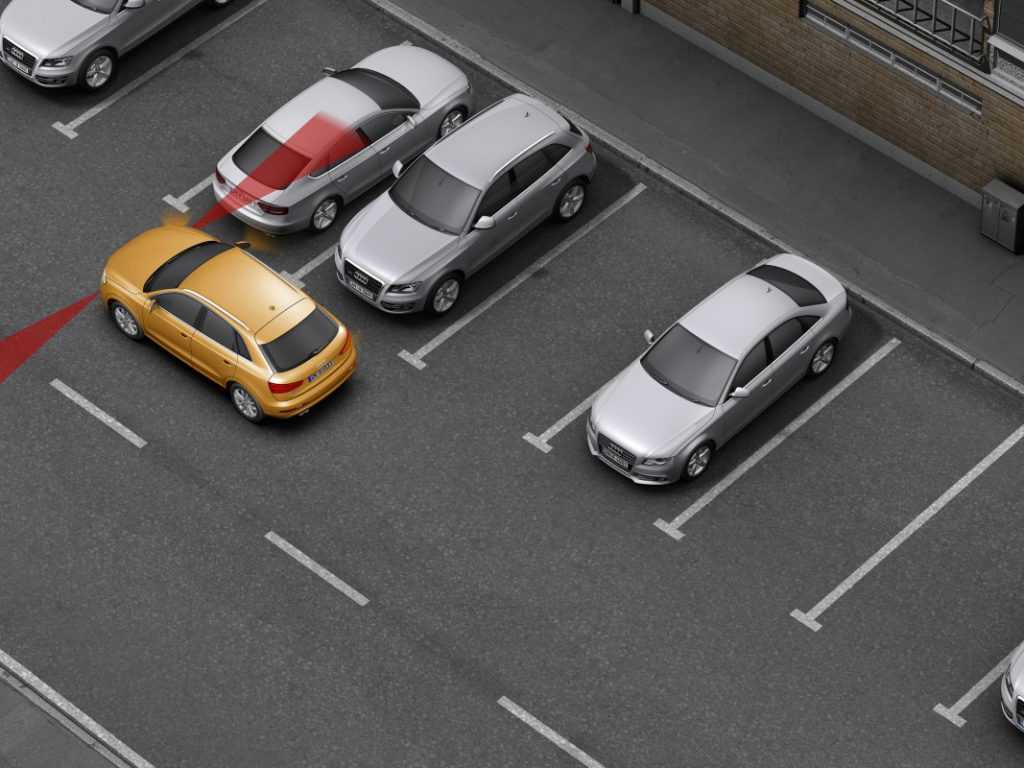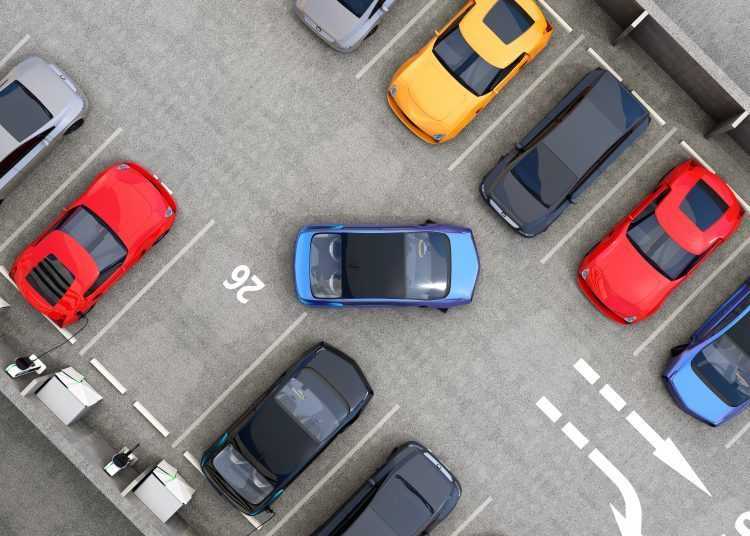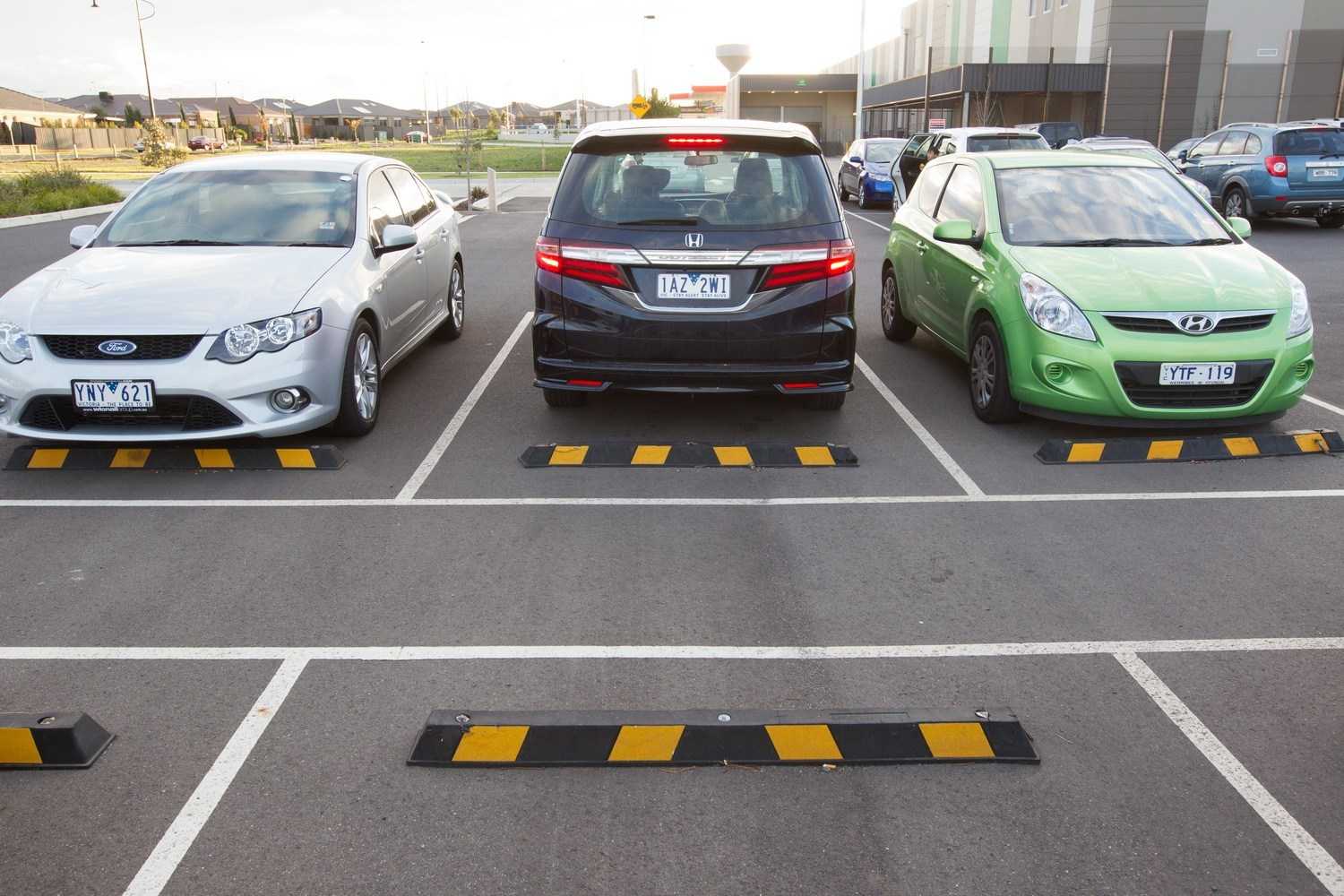Reverse bay parking is a nightmare for many drivers, especially for amateurs who have just got their licenses. The wheel seems to do the opposite of every command you give. But some people can do it without even thinking about it. How do they do it? How to reverse park the easiest way?
Reverse parking is a nerve-racking part of the driving test. It is quite difficult for novice drivers to squeeze the car into a gap between two other cars. But you can do it without being sweaty-palmed by applying the right technique.
Contents
Why Reverse Parking Is More Preferable?
Drivers who are not skilled with reverse parking like to drive their cars into the parking spot instead of backing in. This style is acceptable, but backing into the parking slot comes with more perks. Life will be much easier if you learn how to reverse park.
Reverse parking offers more visibility when you exit the lot. It is also safer since you will have a clear view of the incoming pedestrians and vehicles on the road. It also provides greater driving control and easy maneuvering. Think of an emergency when you need to get into the car quickly and drive straight out of the parking space. Only reverse parking offers this facility.

Backing into a parking lot is safer in every sense. Parking lot collisions make up a great percentage of the total number of accidents. Besides, the lots are full of pedestrians, so the possibility of injury and even death is higher when you back out blindly into the path of the walkers. Reverse parking can significantly reduce the number of parking lot accidents.
Also, it is safer in the sense that if you park against a wall, a thief cannot break into the boot of the car. You will also get easy access to the bonnet given that the car shows any problem.
Overall, reverse parking can be a safer and more convenient way to park your car, especially in busy or tight spaces. However, it does require some practice and skill, so it’s important to take your time and be patient when learning how to reverse park.
How to Reverse Park: Easy Technique for Reverse Bay Park
Most cars nowadays are equipped with a back camera and a parking assist system, making reverse parking easier than ever. You just have to remember when to take turns and what to use as reference points. Don’t forget to practice as many times as possible before trying to reverse park in an active parking lot.
How to reverse park.
Reverse parking, also known as parallel parking, can be a bit tricky but with practice, it can become easier. Follow these reverse parking tips for the safest method to reverse parking into a bay.
Follow these steps for the safest method to reverse parking into a bay:
Step 1
For your first attempt, go to an empty parking place where there is no car on either side of your chosen spot. It will widen your visibility and lower the risk of accidents. You should look for a space that is big enough for your car and where you can safely reverse into. Ideally, the space should be at least 1.5 times the length of your car.
Step 2
For reference, assume that the parking slot is on your left side and the lines of the slot are A and B while the next line beside point B is C. Drive into that spot in a way so that the car’s rear bumper is parallelly in front of point C.
Read more:
Step 3
Look around for any approaching vehicle or pedestrian, especially don’t forget to check the rear and side mirrors. During this step, turn on the blinker or emergency flasher to warn other drivers about your intention to back into that space.
Step 4
If the path is clear, shift the gear into reverse. Turn the wheel to a full left lock when slowly reversing. Keep looking out of the back window the whole time.
Step 5
Continue moving backward and look into the car’s left side mirror until you see line B appears. Use it as a reference point to guide the car against the bay. If necessary, adjust your position by moving forward or backward slightly and straightening the wheel to center your car in the space.
Step 6
When the vehicle moves around into the bay, line A will appear in the right side mirror. Keep checking both mirrors to see if both lines appear on them. Seeing the lines in the mirrors makes sure that you are doing the process right.
Step 7
When lines B and A in the side mirrors look parallel with the car, straighten up the steering wheel. Remember to adjust steer if you need to get the car close toward any line.

Step 8
Continue to go backward until the front side of your car is in line with other vehicles in that row. Try to do the whole process slowly to avoid any mistake and bumping into other parked vehicles.
Step 9
Don’t keep going reverse until you hit the curb or wall behind you. Also, don’t keep it in a line so that it obstructs the driving aisle. Once you are satisfied with your position, shift to the park gear and engage the handbrake. Turn off the engine and exit the car, making sure to look for oncoming traffic before opening the door.
Remember, practice makes perfect, so don’t be discouraged if you don’t get it right the first time. With time and practice, you’ll become more confident and skilled at parallel parking.
Watch the video to become a professional driver when parking in reverse:
This is how to reverse park the easiest way. When you successfully park the vehicle, shift the car into park mode and exit the car. Avoid crowded parking lots until you master the skill and gain enough confidence. Otherwise, you may injure someone or cause an accident.



